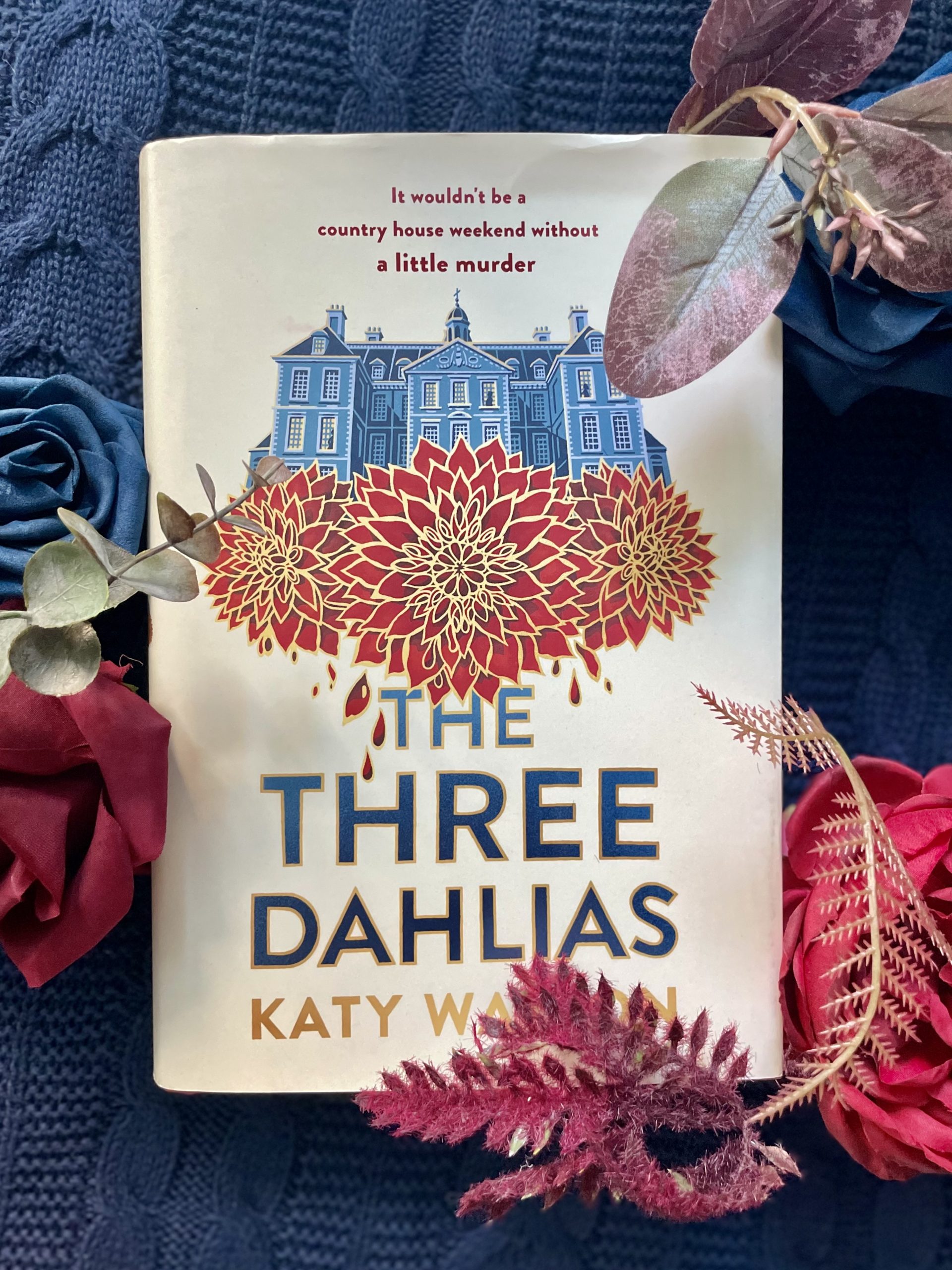I have this hypothesis that many modern “mystery” novels are actually adventures with a mystery skin on top. It may just be that I have a stricter definition of “mystery” than others, but in my opinion, a true mystery must be clued up by the author. An adventure, on the other hand, can involve as many surprising plot twists and unguessable turns as it wants.
Increasingly, it feels like mysteries (particularly of the cozy variety) care more about the mystery as a framing device. There’s some kind of crime that our protagonist has some need to solve. They try to solve it, often heading off in entirely the wrong direction, as they receive menacing threats. In the final scenes, the culprit reveals themselves, usually through some kind of unfortunate coincidence wherein the protagonist stumbles upon incriminating behavior. And, whether or not the protagonist figures out the mystery ahead of this reveal, the setup was not really there for the reader to figure it out. Instead of a conclusion, the reveal feels like a twist, usually played for max dramatic effect.
I want to be clear – this isn’t a bad thing. It can be a ton of fun to read an adventure that’s instigated by some kind of crime investigation. It’s just not a mystery novel, no matter how many Poirot novels the protagonist reads. And I was recently reminded of how much fun this separate genre can be when I picked up The Three Dahlias by Katy Watson.
The trappings of the mystery genre…
From the premise itself, you can tell that Watson wrote The Three Dahlias with mystery lovers in mind. The story follows three actresses – Rosalind, Caroline, and Posy – who play different incarnations of a fictional Golden Age detective, Dahlia Lively. They’re gathered for a fan festival celebrating the character, hosted by the author’s family at her English country estate. The weekend starts off a bit tense, with all sorts of intrigue and a missing person, and quickly escalates to murder.
It’s a classic setup for a classic Golden Age-style mystery story – the country manor, the house party, the haves in the mansion and the have-nots at the festival outside. The author’s family, the hosts, are both country gentry and part of the Mystery Machine – they’ve preserved every room in the house to memorialize the author’s writing process, at the expense of their own interest. The setting is both a straight Golden Era homage and a nod to the current state of mystery fandom.
The similarities here go deeper, even in the class structure of the characters. You’ve got the hosts, the Davenport family – landed gentry, aloof and distant. There’s the “second generation” – including Caroline and the wealthy fans who pay to stay at the manor. As in so many Golden Era stories, there’s a clear divide between these two groups, a power struggle between old and new. And then there are the young upstarts – Posy and Kit, just trying to figure out how to make life work. A classic setting, a classic cast – it’s a perfect Golden Era mystery homage…
…but the structure of an adventure
But for The Three Dahlias to truly qualify as a mystery, it would need to be solvable by the reader. And for various reasons, it didn’t feel that way. Instead of a logic puzzle, The Three Dahlias feels like an adventure following its trio of protagonists as they bond over mystery solving.
This stems in part from the nature of the solution, but in equal part to the structure of the novel. Watson follows all three of the Dahlias, and does a truly remarkable job writing each one in an interesting and balanced way. Over the course of each section with Rosalind, Caroline, and Posy, we learn about each Dahlia’s interests and focuses and fears. Each has her own backstory, her own concerns, and her own demons to face over the course of the novel. And, as you can imagine, it takes quite a bit of time to properly develop each character.
The result is a novel that equally fleshes out three protagonists, giving each a unique identity. I’m not sure I’ve read another novel that does this so successfully, at least in the mystery space. It would have been easy for Watson to favor one Dahlia over the others, or to make one the “leader”. Instead, all three learn from each other and develop in their own, interesting ways.
But – always the but – this doesn’t leave a ton of room for great mystery setup. And, despite my typical gripes with mystery-framed adventures, I didn’t really mind! Because unlike other mystery-adventures, The Three Dahlias offers something else in return – three characters I’d happily revisit, each with agency and a different perspective to add.
A triple threat
The Three Dahlias may not be a “true” mystery, but it doesn’t need to be. It’s a detailed homage to Golden-Age mystery; a gently ironic sendup of mystery fandoms; and an introduction to three fun and interesting protagonists. There’s love for mystery in every line and sentence, and I enjoyed every minute of the read.
And perhaps this, then, is why the mystery-adventure typically bothers me so much – when done wrong, it can feel like a bait-and-switch. I was promised a logic puzzle, and instead I got a confused protagonist who stumbles into justice. I was promised a mystery, and I got a tame adventure instead. The Three Dahlias, then, demonstrates how to do this well – write characters that make the adventure worth following, add value beyond mystery vibes. I loved reading about these characters, and I’m excited to read A Very Lively Murder when it lands in September.
I’m curious to hear what y’all think of “mystery adventures” – are they good? Bad? Simply different?
Until next time – stay cozy, and stay curious!
